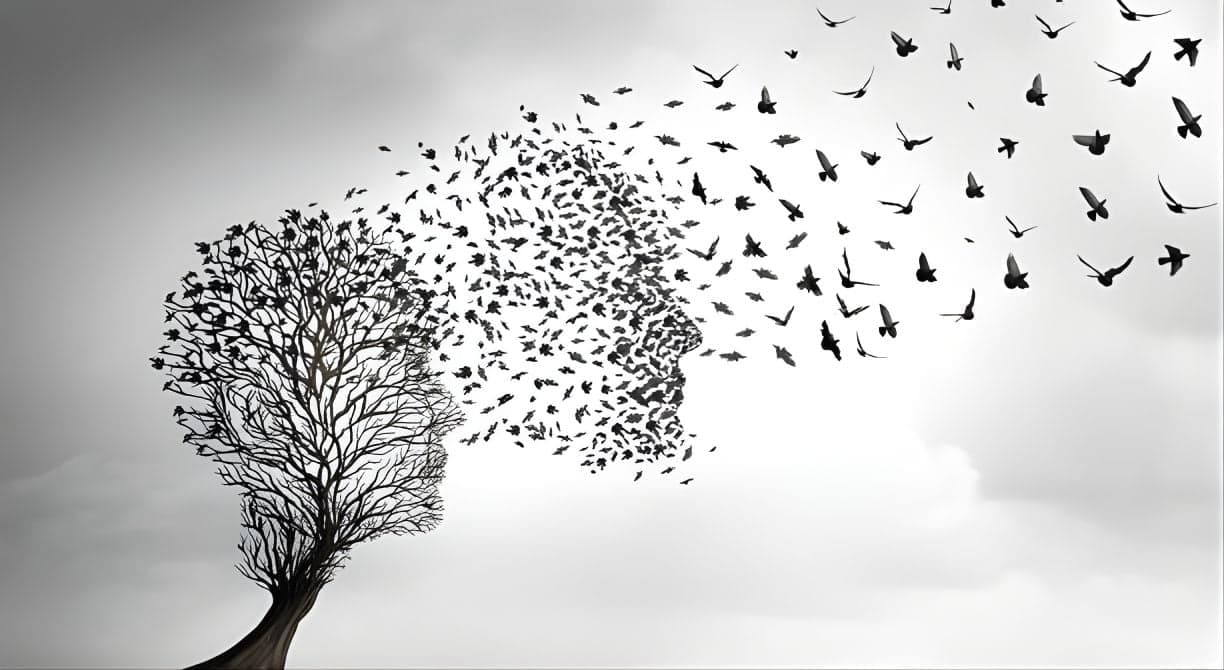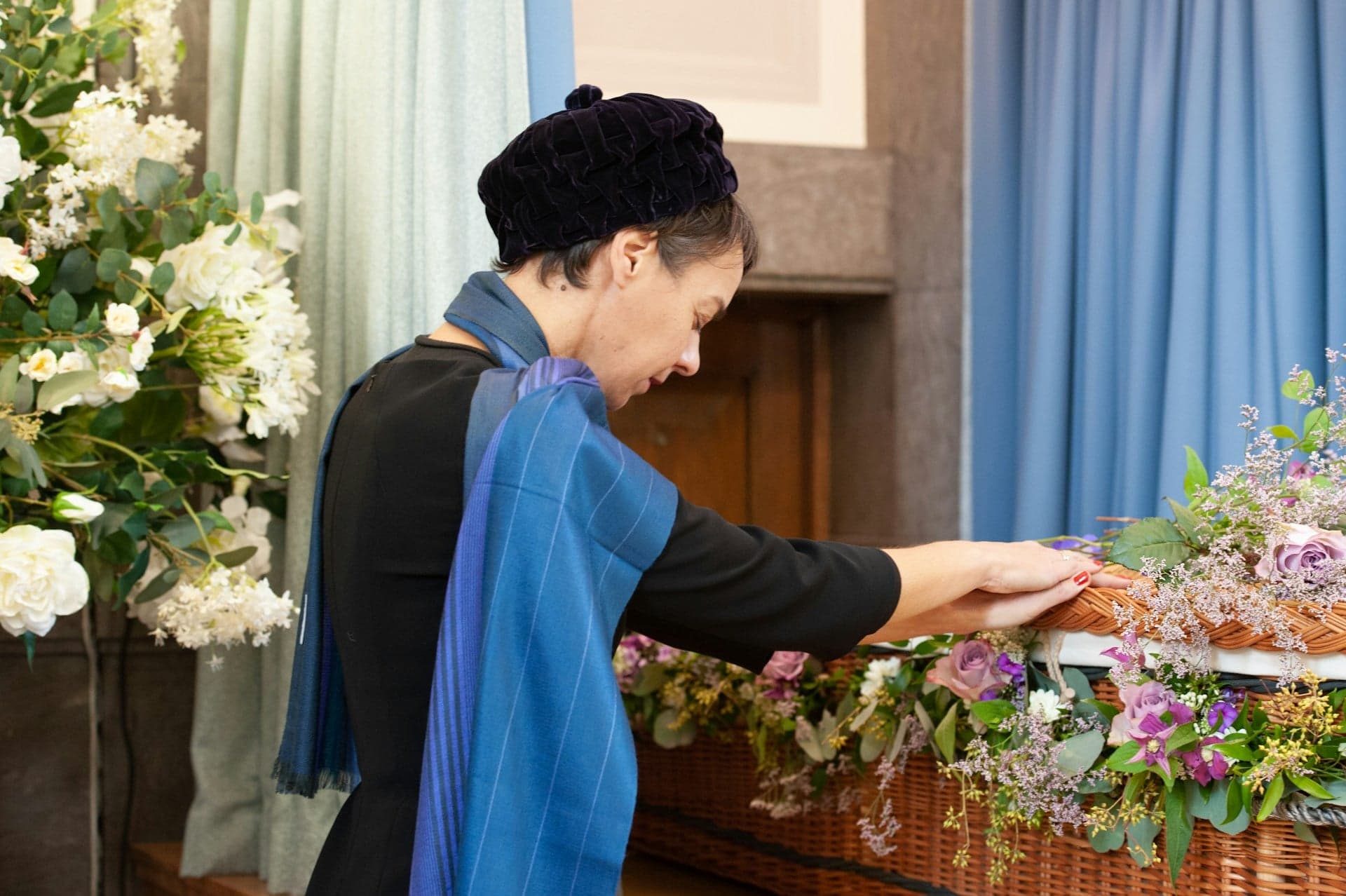Mourning rituals around the world: surprising and inspiring traditions

Introduction
Faced with death, each culture has developed its own rituals, gestures and ceremonies. What may seem strange or unusual in one society takes on full meaning in another. Funeral traditions reflect our relationship with life, death and collective memory.
In Switzerland, we live in a multicultural environment where different religious and funeral practices coexist. But beyond our borders, other traditions remind us that mourning is not just about sadness: it can also be celebration, dance, colour and continuity.
From Japan to Madagascar, from Mexico to New Zealand, international funeral rites demonstrate extraordinary human creativity in the face of the universal. Some cultures organise festive funerals, others maintain a daily connection with their ancestors, whilst others transform mourning into collective works of art.
This article explores six to eight particularly striking funeral traditions around the world. Not to judge or compare them, but to enrich our understanding of mourning and discover how other societies honour their deceased with dignity and creativity.
📌 Summary (TL;DR)
Each culture possesses its own rituals in the face of death. From Japanese Buddhist ceremonies to the Mexican Día de los Muertos, from Ghanaian dancing funerals to Maori traditions, these practices reveal a fascinating diversity in our ways of honouring the deceased.
These traditions teach us that mourning can be celebration, continuity and community connection, far beyond sadness alone.
📚 Table of contents
Asia: between spirituality and celebration of continuity
Asian funeral traditions offer a unique perspective on death. Rather than a definitive end, it represents a transition to another state of existence.
This vision is deeply rooted in Buddhist and Shinto beliefs, where spiritual continuity takes precedence over rupture. Death does not separate the living from the deceased: it transforms their relationship.
Asian ceremonies blend precise rituals, funeral symbols laden with meaning and community practices. The objective? To accompany the soul on its journey and maintain the family bond beyond death.
Japan and Buddhist ceremonies
In Japan, cremation is practised in over 99% of cases. After cremation, the family participates in Kotsuage: the gathering of bones using special chopsticks, a gesture of great intimacy.
The ashes are then placed in a domestic altar called butsudan. This altar becomes the focal point of annual commemorations, where families honour their ancestors with daily offerings.
This practice perfectly illustrates the notion of family continuity. The deceased remain present in daily life, guiding and protecting subsequent generations.
The Hungry Ghost Festival in China
Each year, during the 7th lunar month, the Chinese celebrate the Hungry Ghost Festival. According to belief, the gates of the afterlife open and spirits return to earth.
Families prepare banquets, burn incense and paper money to provide for their ancestors' needs in the other world. These offerings guarantee the peace of the deceased and their benevolence.
This tradition transforms mourning into a communal and festive moment. The streets come alive, temples fill up, and the boundary between the living and the dead temporarily fades.
Latin America: death as festivity and celebration
In Latin America, funeral traditions challenge our Western conception of mourning. Death is not synonymous with absolute sadness, but with a vibrant celebration of a life accomplished.
This approach blends pre-Hispanic heritage and Catholic influences. The result? Some of the most colourful and joyful international funeral rites on the planet.
Bright colours, music, dance and stories replace black clothing and silence. This vision of mourning honours memory by celebrating what was, rather than mourning what is no more.
Día de los Muertos in Mexico
The Mexican Day of the Dead, inscribed on UNESCO's heritage list, embodies this festive philosophy. Families create ofrendas (altars) decorated with photos, orange marigold flowers (cempasúchil), sugar skulls and bread of the dead.
According to tradition, the deceased return to visit their loved ones on 2nd November. The altars offer them food, drinks and objects they loved during their lifetime.
Far from being macabre, this celebration overflows with life and colour. It illustrates a cultural acceptance of death as an integral part of existence, never as a tragic end.
Festive wakes in South America
In Colombia and Brazil, funeral wakes resemble celebrations more than moments of silent contemplation. Music, dance and joyful stories punctuate these gatherings.
Loved ones share anecdotes, sing the deceased's favourite songs and celebrate their life rather than focusing on the loss. This collective approach facilitates the mourning process.
This contrast with more solemn European traditions shows that there is not just one way to honour the dead. Each culture finds its own path towards peace.
Africa: communal rituals and connection with ancestors
On the African continent, funeral traditions strengthen community bonds rather than breaking them. The death of an individual concerns the entire village or clan.
Ancestors occupy a central place in daily life. They are not relegated to the past, but remain active members of the community, consulted for important decisions.
These African rites transform mourning into a collective affirmation of identity and continuity. Ceremonies can last several days, mobilising the entire community in a collective effort of commemoration.
Dancing funerals in Ghana
Ghana has developed a unique funeral tradition: fantasy coffins (personalised coffins) sculpted in the shape of fish, cars, telephones or any object representing the deceased's life.
These artistic coffins are accompanied by bearers who dance with the coffin on their shoulders. This funeral choreography celebrates a life well lived rather than mourning an end.
This creative dimension of mourning transforms funerals into collective works of art. It demonstrates that humour and joy can coexist with respect and sincere tribute.
Ancestor worship in Madagascar
Madagascar practises Famadihana, or the turning of the dead. Every 5 to 7 years, families exhume the bodies of their ancestors, wrap them in new silk shrouds and dance with them.
This major ceremony gathers hundreds of people. It keeps alive the bond between generations and reaffirms family and community belonging.
Far from being morbid, Famadihana is a joyful celebration where music and festivities honour the ancestors. It is one of the most spectacular funeral practices in the world.
Europe and Oceania: traditions between ancient and modern
Europe and Oceania also host lesser-known funeral traditions that deserve our attention. These practices offer different perspectives on how to honour the deceased.
Some date back to Antiquity and survive in isolated regions. Others are rooted in indigenous cultures that have managed to preserve their rites despite colonisation.
These Asian and European ceremonies often share a common point: the importance given to collective expression of emotions and the community's role in the mourning process.
Professional mourners in the Mediterranean
In Greece, Corsica and certain regions of Italy, the tradition of professional mourners persists. These women are paid to cry, wail and sing the deceased's life during funerals.
Their role goes beyond simple expression of sadness. They create a cathartic space allowing loved ones to express their own pain. Their presence legitimises and amplifies collective emotions.
This ancient practice shows that mourning can be a profession, an art and a community service. It recalls the different Mediterranean funeral traditions.
Maori ceremonies in New Zealand
The Maori Tangihanga is a several-day vigil on the marae (sacred communal place). The deceased's body remains present throughout the ceremony, never left alone.
Participants deliver ritual speeches, sing waiata (traditional songs) and may perform a haka (war dance) in honour of the deceased. These rites affirm Maori cultural identity.
This tradition perfectly illustrates how death customs strengthen community bonds and transmit cultural values to younger generations through funeral ritual.
What these traditions teach us
These funeral traditions around the world share several universal lessons. Firstly, the importance of community: mourning is never a solitary process, but a collective one.
Secondly, celebrating life rather than fixating on death. Personalising ceremonies according to the deceased's personality honours their memory better than a standardised ritual.
In Switzerland, Wolky allows you to create personalised memories inspired by this cultural diversity. Our platform facilitates sharing with your community and the creation of unique commemorative pages. Consult our funeral homes directory to find professionals who respect your traditions.
Around the world, funeral traditions reveal a universal truth: honouring our deceased is a profoundly human need. Whether through dance in Ghana, colourful altars in Mexico, Buddhist ceremonies in Japan or ancestral rituals in Madagascar, each culture expresses in its own way respect, love and the continuity of the bond with those who have left us.
These practices remind us that there is no single "correct" way to mourn. Some cultures celebrate death with joy, others favour silent contemplation. The essential thing remains to create a sincere and personal tribute that reflects the deceased's life and brings comfort to loved ones.
At Wolky, we believe that every memory deserves to be honoured with dignity. Our platform allows you to publish an online obituary accessible to all, 24/7, and to create a lasting memorial space where families and friends can gather, share photos and anecdotes, whatever their cultural tradition.


